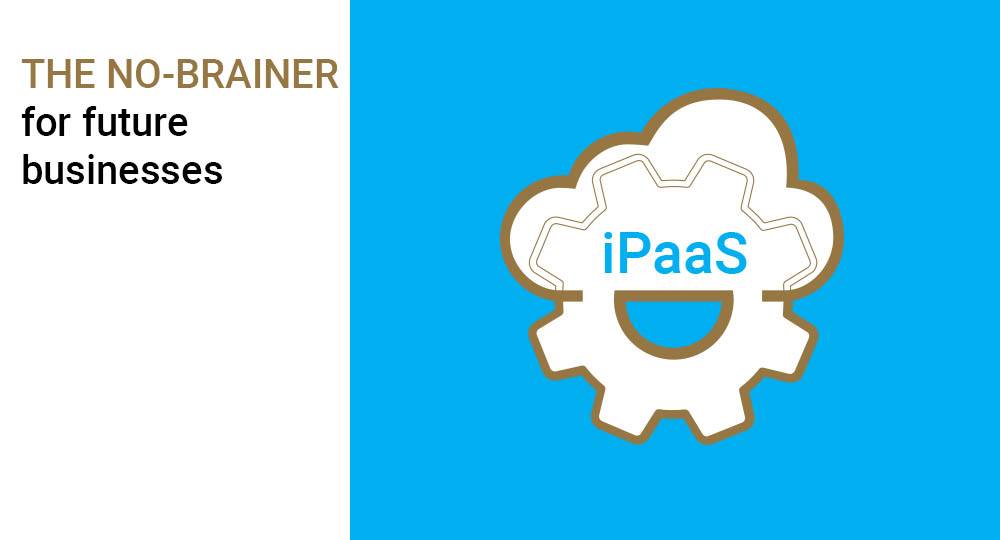In the IT industry, among others, you’re often only as good as your last success. As Rogers (2016) mentions: “In a world of rapidly changing technology and customer needs, it is no longer sufficient for a business to deliver the same value that has brought it success in the past.” (p. 192). That means that you have to be agile, run faster and keep innovating by adopting new technologies in a shorter timeframe than rivals do to stay on top of the market and sustain competitive advantage. Particularly in the digital age in which we live today, things are changing and evolving at light speed. It is therefore of utmost importance to keep track of the changes happening around you and those that are potentially ahead of you. Rogers recognizes this by quoting famous words of former Intel CEO and visionary Andy Grove: “As Andy Grove warned years ago, in the digital age, “only the paranoid survive” [emphasis added]. Constantly pushing the envelope to find our next source of customer value is now an imperative.” (p. 5)
At Rubix, we are always looking ahead and we strongly believe that integration is at the heart of digital transformation and the brain of digital businesses. The foundation of a digital business is built on the ability to seamlessly interconnect everything and everyone, exceeding the organizational boundaries, enriching inter-business collaboration and enabling augmenting intelligence to find and capitalize on new opportunities. Therefore, the importance of digital technology for increasing the interoperability of data and functionality (Rogers, p. 62) becomes more and more evident.
From integration perspective these technology shifts will require a completely different approach with adequate skills, competences and attitude. It has already been recognized by Rubix that the traditional integration tools, techniques and patterns that are used today will become obsolete sooner than later, especially with the introduction of cloud computing. While adoption of the public cloud has been limited to date, the outlook for the future is markedly different. Just 40 percent of the companies we studied have more than 10 percent of their workloads on public-cloud platforms; in contrast 80 percent plan to have more than 10 percent of their workloads in public-cloud platforms in three years or plan to double their cloud penetration.
The accelerated adoption of cloud computing will change the role of integration, making it indispensable for digital business initiatives. This was already foreseen by Gartner back in 2016 resulting in the market guide for “Hybrid Integration Platform-Enabling Technologies” (Golluscio, Thompson, & Guttridge, 2016). In this research Golluscio et al. elaborates on the importance of the “[…] frictionless sharing and flow of data among applications, people, processes, things and platforms […]” which digital business initiatives require. This is also referred to as “pervasive integration”, combining on-premises and future cloud-based integration technologies in a transition architecture supporting “a wide variety of endpoints and data formats, domains, constituents and delivery models. And this is exactly where an integration Platform as a Service (iPaaS) comes into the picture. An iPaaS “is a suite of cloud services enabling development, execution and governance of integration flows connecting any combination of on premises and cloud-based processes, services, applications and data within individual or across multiple organizations” (Gartner). It’s basically the entire spectrum of integration tools, techniques and patterns, but offered as a fully managed and distributed highly scalable cloud solution aiming at a wide(r) variety of endpoints (on-premise, public cloud, SaaS, etc.) and data formats. With typically a high valued low-code platform and ease of use, an iPaaS intents in helping organizations taking advantage of speed and agility, while saving some money in the run costs (cloud economics).
A migration from traditional on-premise integration tools, techniques and pattern towards an iPaaS can be intrusive on multiple levels. Yet, the endstate will benefit of all cloud characteristics, and will make integration a core capability in handling today’s business requirements and at the same time will help organizations make their integration architecture future-proof by supporting new and emerging technologies such as IoT, Edge computing and blockchain. It’s here to stay, and in my honest opinion a no-brainer for future businesses.
References
Golluscio, E., Thompson, J., & Guttridge, K. (2016). Market Guide for Hybrid Integration Platform-Enabling Technologies. Retrieved from Gartner: https://www.gartner.com/doc/3291720/market-guide-hybrid-integration-platformenabling
Rogers, D. (2016). The Digital Transformation Playbook. New York, NY: Columbia University Press.






